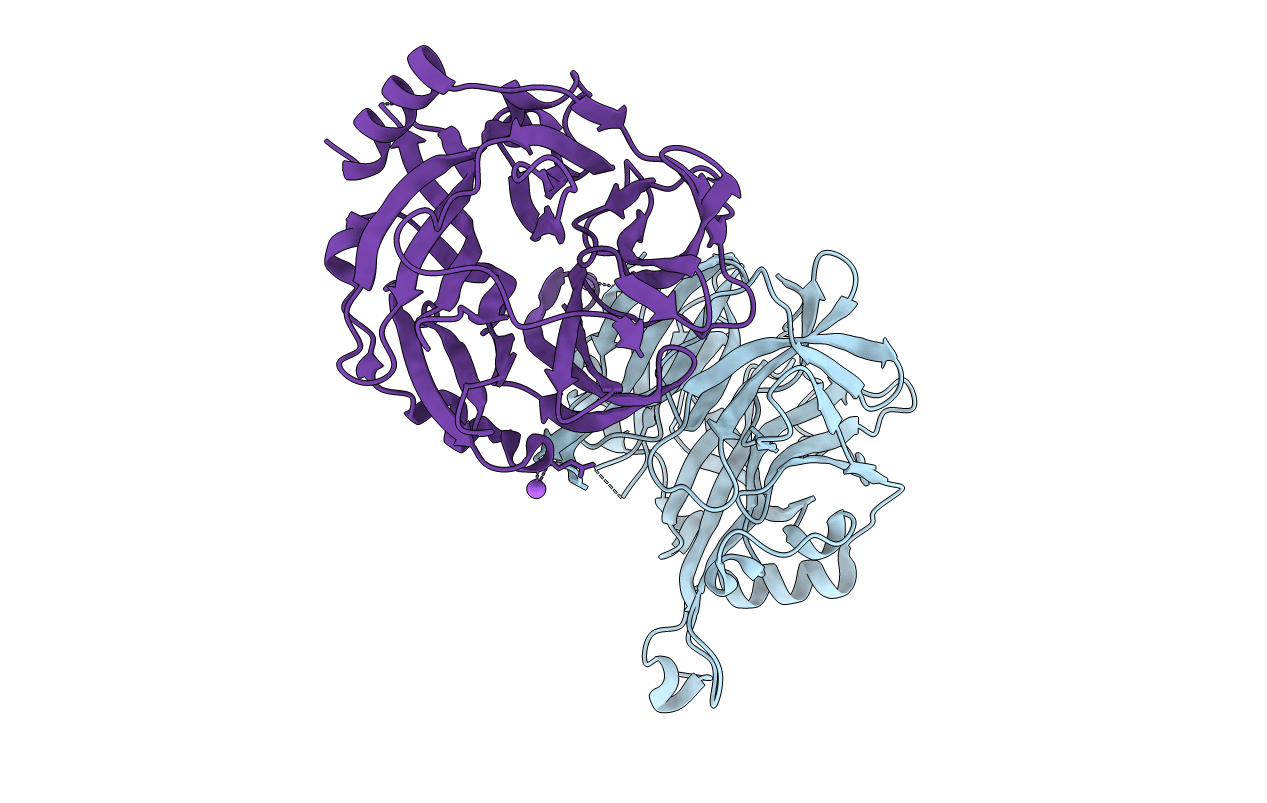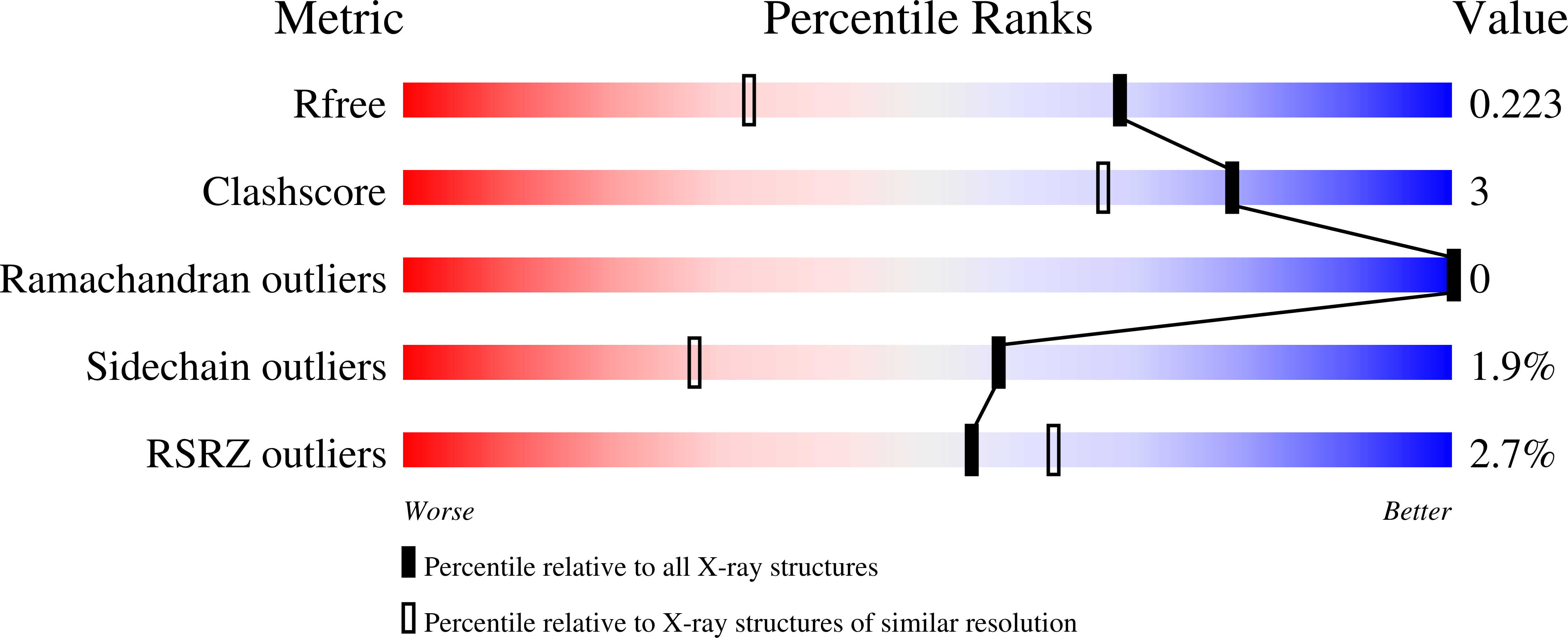
Deposition Date
2018-12-06
Release Date
2019-09-18
Last Version Date
2024-05-15
Entry Detail
PDB ID:
6Q4X
Keywords:
Title:
Structure of MPT-2, a GDP-Man-dependent mannosyltransferase from Leishmania mexicana
Biological Source:
Source Organism:
Host Organism:
Method Details:
Experimental Method:
Resolution:
1.55 Å
R-Value Free:
0.21
R-Value Work:
0.14
R-Value Observed:
0.14
Space Group:
P 21 21 21


